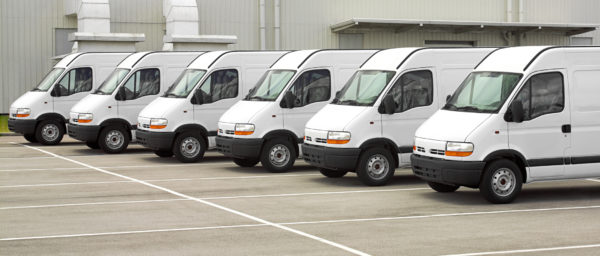How many sheep make a flock? How many horses make a herd? How many cars are in a fleet?
More importantly, who gets to decide all that?
When it comes to animal groupings, they generally get their collective noun when they start exhibiting group behavior. For example, four sheep begin acting with what we consider flock behavior, fewer sheep than that probably wouldn’t exhibit that behavior and wouldn’t be referred to as a flock.
So how do you decide on fleet sizes? After all, car behavior doesn’t change because it has a few more buddies.
Let’s find out.
What Constitutes a Fleet?
The definition of a fleet is pretty simple — any company or person that has more than one car has a fleet. Technically, the company need not even own the cars for them to be considered a fleet. Companies that use fleet vehicles often lease them for their employees rather than buy them. Even employee-owned vehicles if used for work tasks can be considered part of a fleet.
Of course, whether your cars are called a fleet or not doesn’t make much difference in most cases. It is important, however, when it comes to insurance. Fleet insurance is typically cheaper per vehicle than insuring each one separately. Some insurance companies may require you to have three or four vehicles before you qualify for their fleet insurance.
Fleet Safety
Regardless of the size of your fleet, the main thing is to ensure fleet safety. Motor vehicle crashes are the leading cause of work-related deaths in America.
Investing in a fleet driver protection program is highly advised. This can include various parts including:
- A refined fleet driver selection process to hire drivers with a background of safe driving
- Install GPS tracking and monitoring equipment to keep an eye on your drivers’ habits out on the road
- Establish a safe driving incentive program with a bonus or extra vacation days for the driver with the top safety score
- Keep up on your fleet vehicle maintenance, they should be 100% road-worthy at all times
All of this can help keep everyone safe on the road, but the main risk factor is how your drivers drive. Do they cultivate safe, defensive driving tactics? Do they know how to respond appropriately in an emergency?
Even a driver who has been driving for years can benefit from a refresher on occasion. Consider having your drivers take a defensive driving course every year or so to keep these techniques fresh in their minds. An online course makes it quick and easy and you never know how many lives it could save.
Fleet Sizes: Large and Small
There you have it! Fleet sizes can range from just two fleet vehicles on up to hundreds of vehicles, but the most important factor is the safety of your drivers and other people on the road.
Make sure that your drivers are up to speed on all traffic laws and have an arsenal of defensive driving tricks up their sleeves. An online driving course is inexpensive and easy for your drivers to attend. Since laws vary from state to state, make sure that your course covers the relevant material. Click here to select your state and see what our defensive driving course can offer your drivers today!

Patrick M. is Editorial Director for the always expanding DriveSafe Online library of courses. With over two decades of experience developing award-winning training, he now focuses on innovating online driver safety training. Pulling from his background in journalism, he steers the wheel behind the creation of top-tier content that promotes a better journey—whether on the digital highway of learning or the real roads we travel every day.
